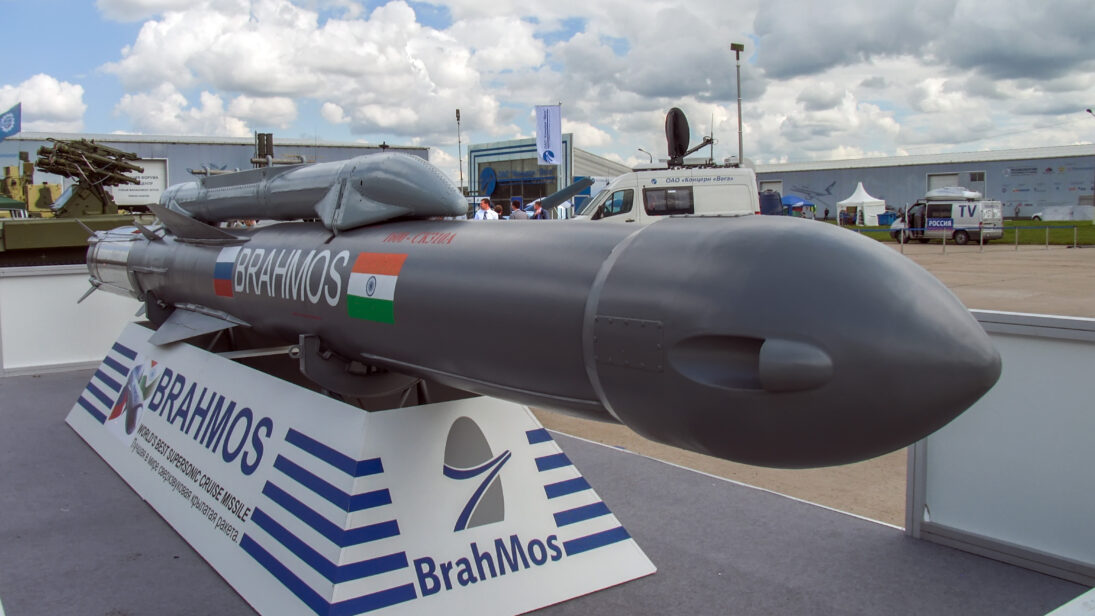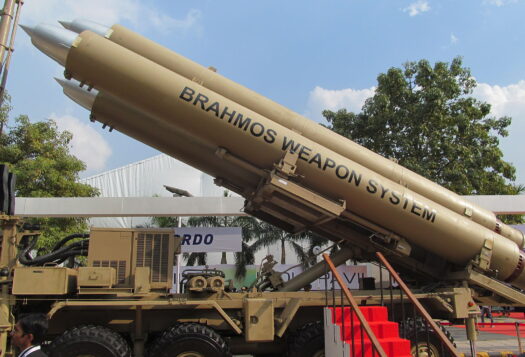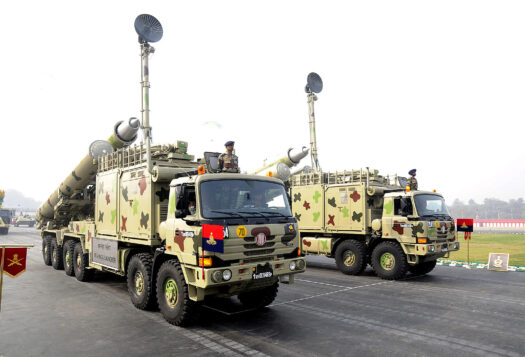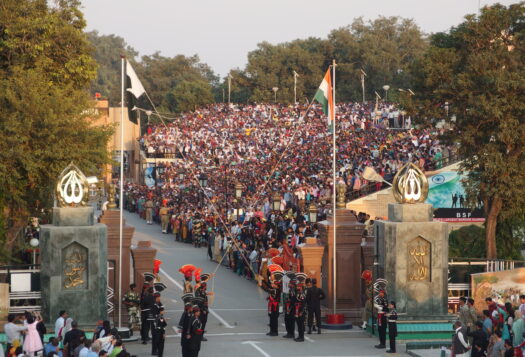
On March 9, a cruise missile launched from Western India crossed the international border into Pakistan, landing in the small city of Mian Channu. The missile crash caused no significant damage or civilian harm, and was noted to be “unarmed” by the Pakistan military. India responded two days after the accidental launch, on March 11, noting that the “accidental firing” had been a technical malfunction during routine maintenance. Despite a history of deep mistrust and the potential for rapid escalation in times of crisis, the missile launch was resolved quietly under the shadows of the Russia-Ukraine crisis with notable calm.
In this collection of South Asian Voices responses, authors from India, Pakistan, and the United States review the implications of the missile launch, how it happened, why relative calm ensued, what the crisis reveals about India-Pakistan relations and prospects for Confidence Building Measures (CBMs) in the future. In the responses below, Stimson Center South Asia Program Deputy Director Frank O’Donnell discusses how the firing may have occurred and the implications for safety and regulatory features of India’s missile program. Ali Ahmed reviews India and Pakistan’s response to the crisis and argues that the relative calm suggests an opening for warming bilateral ties. Amina Afzal, meanwhile, discusses each country’s response and key debates surrounding the launch, arguing that the lack of escalation was primarily due to luck.
Read the full series below:
Image: Wikimedia Commons


